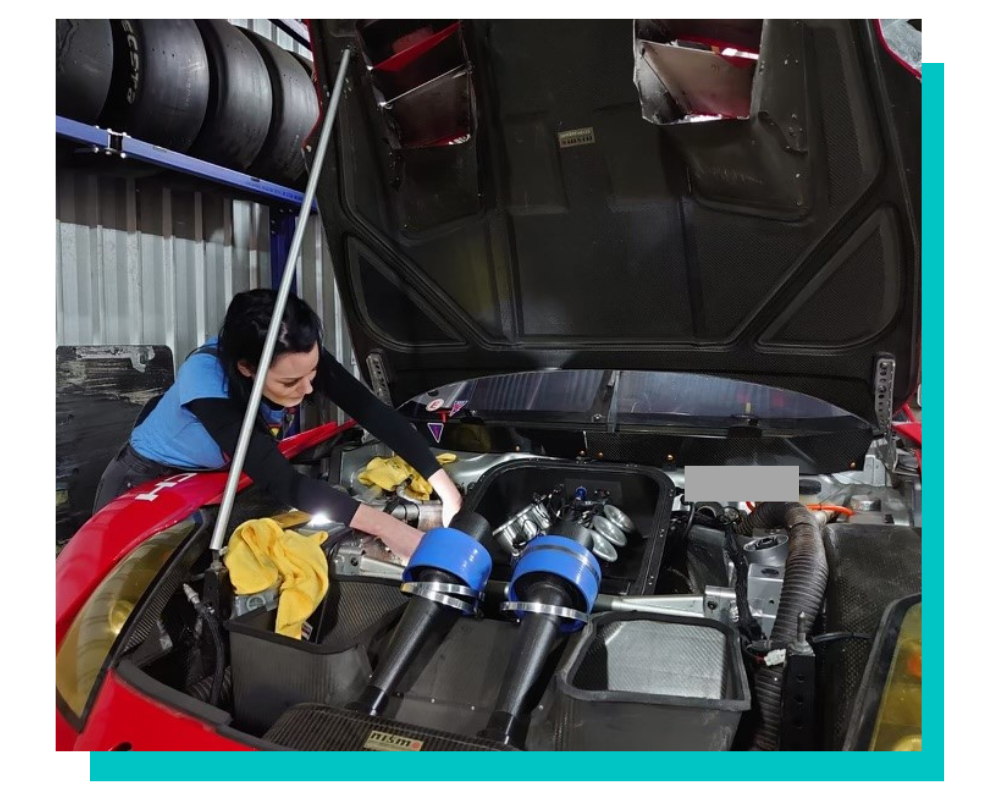
The quick read – what you need to know:
- Fleet vehicles are an extension of your workplace and, just like your bricks and mortar offices or work sites, you’ll want to have the correct safety measures in place to ensure your employees get home safe every day.
- Whilst vehicles are getting safer and now come with new technology, the road toll and accidents are increasing.
- Technology aside, increased self-awareness is highly impactful to improve driver behaviour and puts the driver back in control to make better choices.
- Evidence-based, safety solutions which foster a culture of safety at an organisation and driver engagement are proven to reduce incidents.
In Australia, 64% of adults with a driver’s licence have been involved in at least one car accident – with government data revealing speeding as the most common cause of motor vehicle accidents. Furthermore, it is believed that 20 to 30 per cent of all car crashes in Australia are attributable to fatigue. So, for businesses wanting to look after their drivers, what is the best way to develop a culture of safe driving and minimise risk of accidents?
Best-in-class software supports driver self-awareness
At LBM, we get the privilege of working with safety-conscious businesses who are operating fleets and there are some common themes we observe. A safe driving culture is led top-down and this is a key enabler to any program to be able to set the tone and expectations for the organisation. Implementing a program throughout an organisation however, requires department and manager support (at ‘grassroots’) and the right tools to be able to engage with drivers, manage the cultural change e.g. what does it ‘mean’ to me.
A telematics system can assist by providing a company with data on driver behaviour as a start. From here, the analysis and contextualization of data is what empowers drivers and teams, so focusing on software that supports the meaningful measurement of safety is key to supporting your safety program.
LBM in action: Hear from Fleet Management Expert Sarah Johnson

Sarah Johnson, Fleet Manager and Safety Expert, is well versed in balancing company safety policies against the wants, opinions and needs of staff on the road. With over 20 years’ experience in fleet management, she has managed some of the largest fleets in Australia and overseen driver safety programs for thousands of staff.
“Driver safety is not just about protecting someone from an accident. I like to flip that conversation, it’s protecting our people for something. As an example, it isn’t trying to eliminate accident’s because we’re worried the car will get damaged and the cost that repair, it IS about protecting our people so they can get home safely to what they love, each and every day.” Johnson shared.
In her time using LBM within various fleets at ASX Listed companies, Johnson valued the tangible benefit that the software provided – both to driver safety, and the fleet assets.
“One of the things I love about LBM is that the drivers have full access to everything. It’s literally on their phones, they can check it at the end of every day, they get notifications when they’ve done the wrong thing or when they need to adjust behaviour and most importantly, they can proactively make these changes for their next journey. They also have their driver score’s so they can see if they’re trending up or trending down – it’s all right there for them, live and easily accessible, 24/7.”
LBM’s automated management allowed for her, as a manager, to be easily alerted of any major driving infringements or unsafe behaviour. She was able to easily compare and view her employee’s safety scores and identify when at-risk behaviour was being exhibited. This automated process not only benefited her as a manager but promoted driver transparency for employees.
“You are able to move the dial and shift to a safety first culture when you empower staff with timely, relevant information. I don’t think it should be data that’s held by the organisation, which comes out to the drivers once a month, and there’s a really strict conversation about it. Driver safety is all about the driver making that conscious decision to do the right thing at the time, not do the right thing once that report comes out and that conversation has happened, which could potentially be a month later.”
For Johnson, driver engagement was ultimately the only way to create positive change at her company and management support was key to getting this on the agenda. “Policies used to be focused on the asset, rather than the behaviours of the driver. The policy was not around the people, and our policy wasn’t doing as much as it could to support behavioural changes. So, first thing’s first, we got management’s support to update the policy, and to do this, LBM’s data played a crucial role. LBM highlights where the high-risk behaviour is in a way which is clear and defensible if challenged and going forward, we were also able to measure the results once the policy was launched.”
The implementation of LBM technology in Johnson’s fleet saw a rapid decline in speeding, achieved in a short amount of time, reducing speeding events by 98%, ultimately eliminating the material risk within 9 months. Furthermore, for every million kilometres travelled by the fleet, it now records under 50 speeding events.

3 essential elements for fostering a culture of Driver Safety
1. Driver Awareness and Engagement
Why this element is important:
- First step towards managing driver safety lies in strengthening driver awareness and engagement
- Closing the gap between what a good driver and a great, safe driver, looks like can be achieved by measuring safety and providing drivers with feedback that is contextualised. Eg., how are events & severity interpreted?
- This enables companies to create ‘leading risk indicators’ that focus on promoting the right behaviours.
How LBM can help?
- LBM’s live reporting and data is used to map a driver’s safety score and increase driver awareness.
- Speeding, hard cornering, fatigue metrics and other relevant events are reported via notification at the end of each trip.
- This empowers drivers and managers, contextualising events straight after the fact, encouraging more conscious driving and reflection.
- 96% of speeding incidents were reduced when LBM introduced speed monitoring and feedback in September 2020 for a government client
- In addition to the marked improvement in driver safety, fleet operating costs also decreased due to less infringement notices and fleet damage!!
2. Gamifying Driver Safety
Why this element is important:
- By promoting self-awareness and a little internal competition by benchmarking driver safety score across teams in the organisation, safety is viewed as a collective reward, rather than an individual burden.
- No one wants to be the worst driver, and this changes the conversation between manager and driver.
How LBM can help?
- LBM system allows clients to adapt their safety parametres to directly measure safety across the organisation (safety score algorithm).
- Employee safety scores can easily be compared and ranked within their own team, and the broader company – encouraging healthy competition between states or offices and ‘gamifying safety’.
- Changes to policy can be incorporated in LBM software and automatically flow through for continuous improvement and policy adjustment if say a company wishes to focus on a specific area (e.g., fatigue).
3. Driver Transparency
Why this element is important:
- Ensuring your employees that their safety, privacy and autonomy is valued.
- Creating a culture of safety within the workplace (and on the road), is not just about enforcing policy on employees, but working with them.
How LBM can help?
- Drivers have full access to everything on their phones – it’s all right there for them.
- Privacy settings give drivers full control over their data, where location details can be masked for personal vs business trips.
- LBM’s software even gives employees the chance to report anything that they may regard as an error, and the LBM team will investigate to ensure accuracy of the data, ensuring employees can rely on and have trust in what is measured.
If creating a culture of safe driving is important to your business, get in touch with LBM today to find out more.

